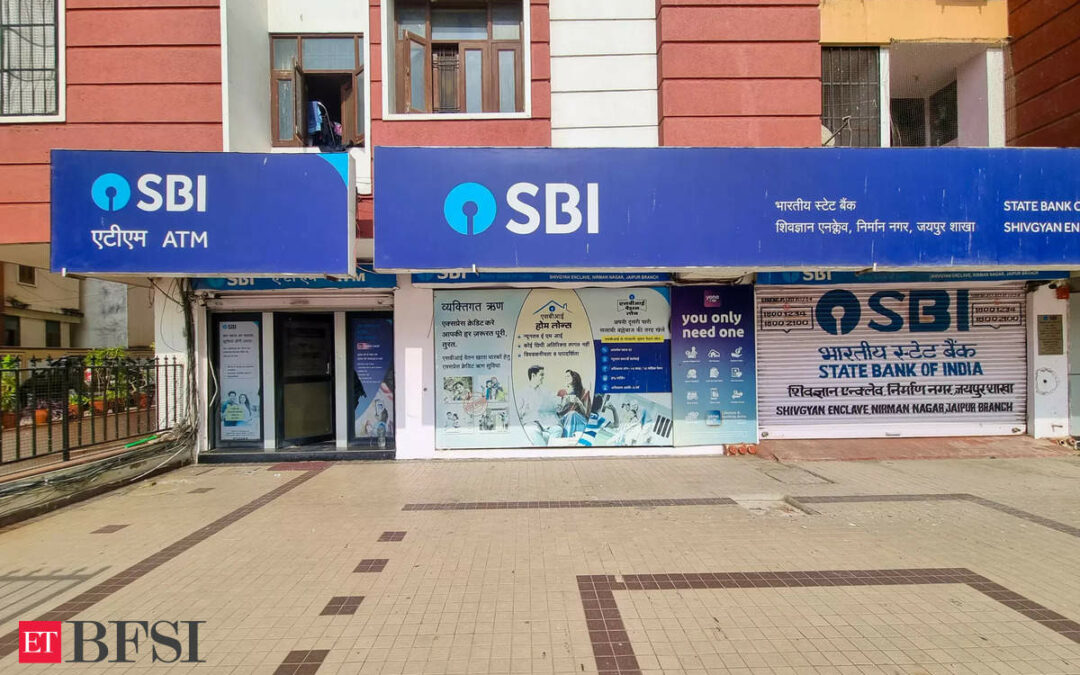The financial sector is undergoing significant changes due to advancements in digital technology. Since the onset of the digital decade, automation has increasingly replaced clerical work, resulting in a decline of middle and lower-end jobs. This shift has impacted the ratio of officers to support staff, which has shifted from 50:50 in FY11 to 74:26 in FY23. AI is anticipated to further disrupt job availability in this sector.
RBI governor Shaktikanta Das highlighted the challenges brought about by digital channels in his foreword to the central bank’s Report on Currency and Finance. These challenges necessitate that financial institutions invest in upskilling and reskilling their staff.
“Digitalisation is decentralising financial labour through outsourcing and telework. Automation replacing labour can potentially widen the gap between capital and labour returns, creating a fragmented labour market with low-skill/low-pay and high-skill/high-pay jobs, while middle-tier jobs are displaced by technology,” Das said.
The report also identified a global trend from 2013 to 2019, where the number of support roles in the financial sector decreased, while the number of professionals and technicians increased. This trend is evident in India as well. Additionally, the report noted a turnover rate exceeding 30% in private banks in FY23 due to hiring via digital platforms.
“The rising importance of AI-related skills in the labor market in India is reflected in the growth in AI talent recruitment relative to overall recruitment in 2023 (16.8%) and the highest relative AI skill penetration rate,” the report emphasized.
Despite the emphasis on upskilling, the RBI pointed out that traditional learning and development methods are insufficient for the current technological transformation. There is a need for substantial investments to develop the required skills. In 2023, concerns were raised by the central bank after top private banks revealed that nearly a third of their staff had to be replaced due to high turnover rates, particularly among frontline field staff.
India is at the forefront of the digital revolution, with the Indian digital economy expected to constitute 20% of GDP by 2026, up from the current 10%. Das remarked that digitalisation is paving the way for the next generation of banking, improving access to financial services at more affordable costs. “Digitalisation is paving the way for next-gen banking and improving access to financial services at affordable costs,” Das added.
Another significant concern is the escalating cost of data breaches in India, which has surged by 28% to reach $2 million between FY20 and FY23. Cyber risks, particularly phishing attacks and compromised credentials, remain highly prevalent. Phishing attacks account for 22% of cyber risks, while stolen or compromised credentials make up 16%, according to the report.
The financial sector must navigate these challenges by adapting to digitalisation, investing in upskilling, and addressing cybersecurity threats.
(with ToI inputs)










